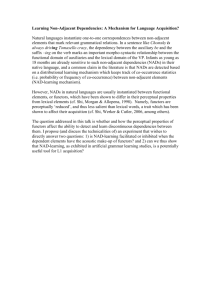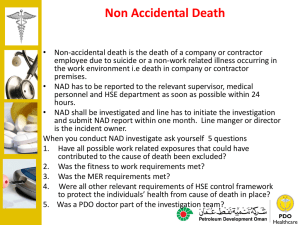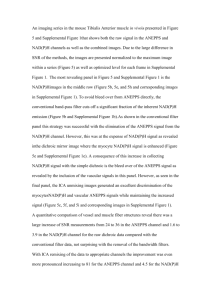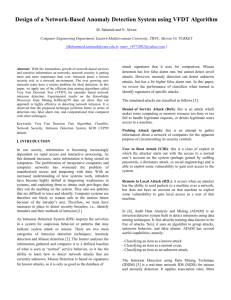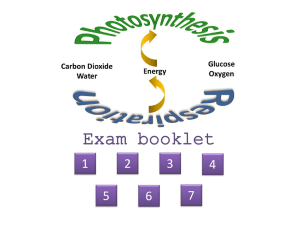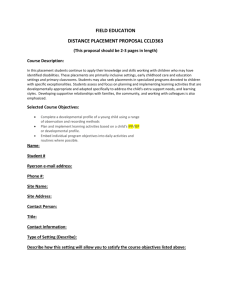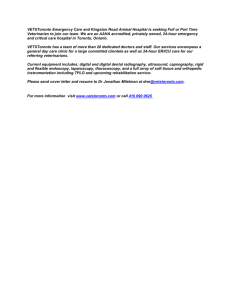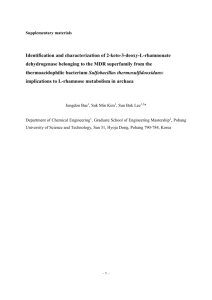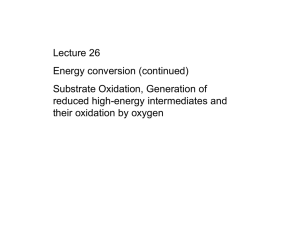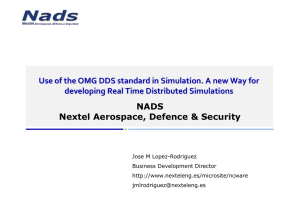Letter to AAHA regarding non-anesthetic dentals (.doc)
advertisement
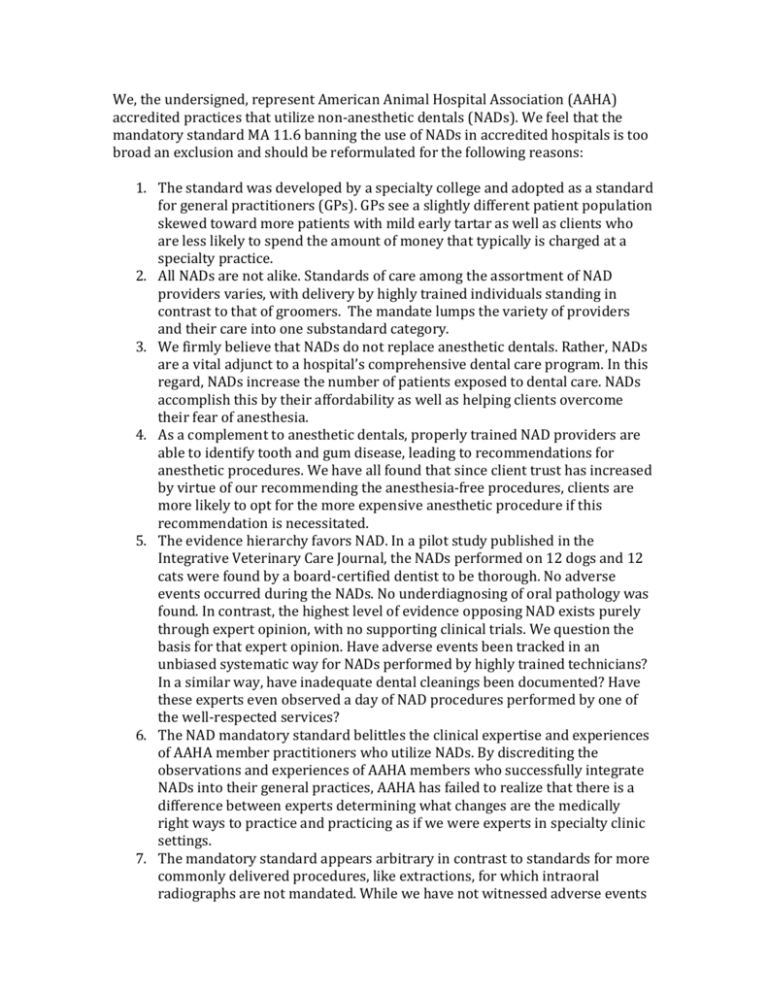
We, the undersigned, represent American Animal Hospital Association (AAHA) accredited practices that utilize non-anesthetic dentals (NADs). We feel that the mandatory standard MA 11.6 banning the use of NADs in accredited hospitals is too broad an exclusion and should be reformulated for the following reasons: 1. The standard was developed by a specialty college and adopted as a standard for general practitioners (GPs). GPs see a slightly different patient population skewed toward more patients with mild early tartar as well as clients who are less likely to spend the amount of money that typically is charged at a specialty practice. 2. All NADs are not alike. Standards of care among the assortment of NAD providers varies, with delivery by highly trained individuals standing in contrast to that of groomers. The mandate lumps the variety of providers and their care into one substandard category. 3. We firmly believe that NADs do not replace anesthetic dentals. Rather, NADs are a vital adjunct to a hospital’s comprehensive dental care program. In this regard, NADs increase the number of patients exposed to dental care. NADs accomplish this by their affordability as well as helping clients overcome their fear of anesthesia. 4. As a complement to anesthetic dentals, properly trained NAD providers are able to identify tooth and gum disease, leading to recommendations for anesthetic procedures. We have all found that since client trust has increased by virtue of our recommending the anesthesia-free procedures, clients are more likely to opt for the more expensive anesthetic procedure if this recommendation is necessitated. 5. The evidence hierarchy favors NAD. In a pilot study published in the Integrative Veterinary Care Journal, the NADs performed on 12 dogs and 12 cats were found by a board-certified dentist to be thorough. No adverse events occurred during the NADs. No underdiagnosing of oral pathology was found. In contrast, the highest level of evidence opposing NAD exists purely through expert opinion, with no supporting clinical trials. We question the basis for that expert opinion. Have adverse events been tracked in an unbiased systematic way for NADs performed by highly trained technicians? In a similar way, have inadequate dental cleanings been documented? Have these experts even observed a day of NAD procedures performed by one of the well-respected services? 6. The NAD mandatory standard belittles the clinical expertise and experiences of AAHA member practitioners who utilize NADs. By discrediting the observations and experiences of AAHA members who successfully integrate NADs into their general practices, AAHA has failed to realize that there is a difference between experts determining what changes are the medically right ways to practice and practicing as if we were experts in specialty clinic settings. 7. The mandatory standard appears arbitrary in contrast to standards for more commonly delivered procedures, like extractions, for which intraoral radiographs are not mandated. While we have not witnessed adverse events that the AVDC warns us against with NADs, we have all seen the results of improperly and inadequately extracted teeth, problems that could easily be prevented with mandatory intraoral radiography. As the utilizers of “experts” in NAD, we request that MA 11.6 be removed from the mandatory standards category. We advise that due to the popularity and prevalence of high-level, safe, and thorough NAD in the AAHA accredited hospital membership population, the standards regarding NAD be revised to reflect minimum standards of quality. Input from participating hospitals and providers of NAD with advice from the AVDC should be used to establish these standards. Sincerely, Name Position Hospital
